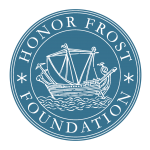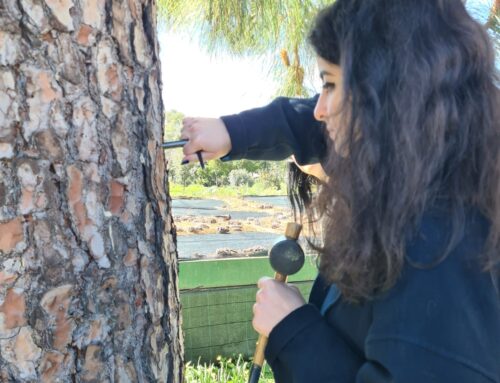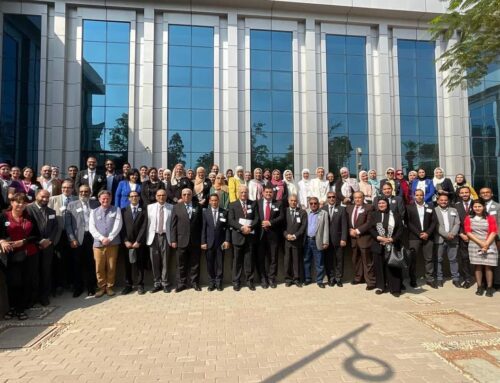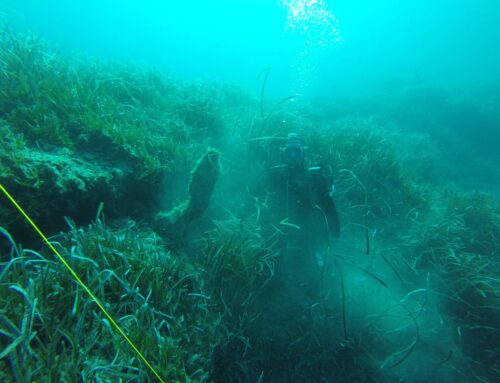From the 4th July to the 2nd August, I have been participating in “African Dendrochronology field school” in Zambia. The training was organized by the Copperbelt University, Mukuba University in cooperation with Indiana State University, University of Cambridge, and Association for Tree-ring Research. A team of experienced professors were coordinating the training. Interestingly the practical and theoretical training were carried out in the Wet Miombo Woodland in Kitwe, Zambia.
Basically the training was divided into four groups based on areas of specialty, including the Dendroecological, Dendrochemistry, Dendroclimatology, and Anatomy group. I’ve joined the Dendroecology group, because it covered Dendrochronology and its applications in depth and was supervised by a Prof. James Speer, Professor of Geography and Geology, Department of Earth and Environmental Systems, Indiana State University. The training focused on building skills in sample collection, preparation, and tree-ring measurements, cross dating, chronology building, and interpretation of results. This training is research based and the output will be published and happily have contributed in this publication. After completing the training each participant had to present some of his work, proudly I have been one of the best five and received increments borers.
The training program was divided into two parts: field work and laboratory analysis. In the field I have trained on the bases of selecting the tree for sampling. Also how to take samples by increment borer. After the botanists checked the samples, we labelled and prepared the samples for analyzing. Then I’ve trained on mounting the cores, sanding them, and observing them under a stereo zoom microscope.
Then I’ve trained on several software, I have been using CooRecorder program to count the number of tree rings after scanning the core. Also I used CDendro program to aggregate all of the samples and the values of years. And the quality of the measurements and dating is checked in by the COFECHA program.
Furthermore, there are number of other software programs that can be used for tree-ring analysis, but they were only briefly discussed during the training program due to their specialized nature. These programs include ARSTAN, DPIR, wavelet analysis, R (ggplot), and KNIMI.
Overall, I believe that the whole experience was unparalleled and turning point in my career path. The training served as an introduction to fundamental base of Dendrochronology, which greatly enhanced my research capabilities in this area and gives my a push to pursue my research in wood anatomy also . it inspired me with several ideas for my master’s thesis. Now I’m utterly excited to learn more about dendroarchaeology which will improve my area of interest.
Moreover, the training was a great opportunity to learn from seasoned scientists and establish contacts with those experts, during the training we discussed the possibility of cooperation and Dr. Speer was welcoming to assist whenever needed.







